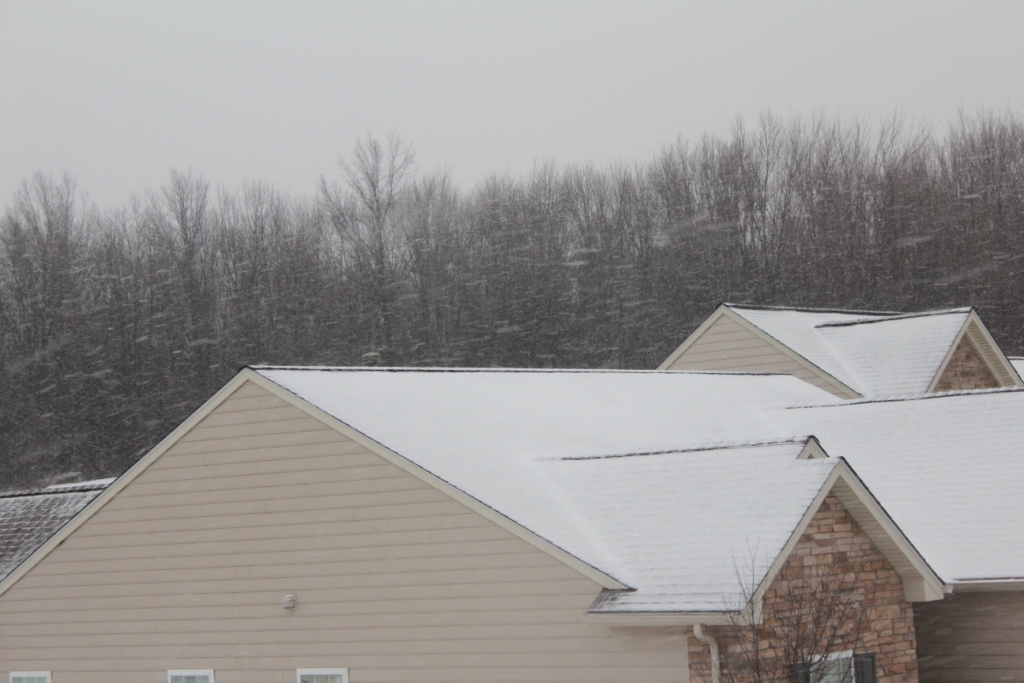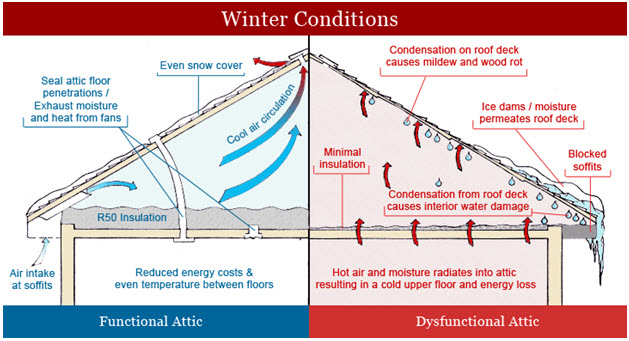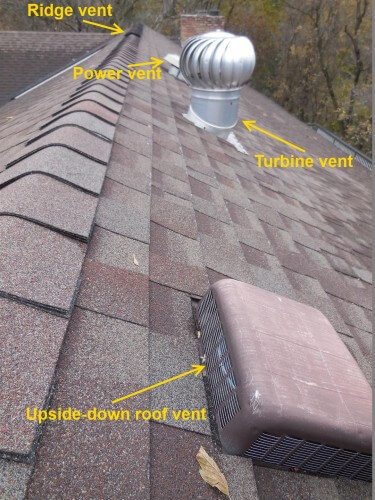The idea of roof vents existed for hundreds of years with natural vents employed in chinese buildings during the tang dynasty natural ventilation ducts in the buddhist monks caves and wind catchers incorporated in arabian architecture.
Roof vents let snow in.
Static vents often protrude from roofline thanks to special covers intended to keep all precipitation rain sleet hail and snow from entering the attic.
N soffit vents n ridge vents n gable end vents n off ridge vents n gable rake vents n turbines n adequate ventilation of attics is generally re quired to promote the health of wood structural members and sheathing in the attic.
Baffled ridge vents are also a lot less likely to let rain or snow into the roof cavity and they are less likely than unbaffled vents to become covered by fallen snow.
Homeowners can choose from a variety.
Ridge vents without baffles at times will allow outside air to blow into the roof cavity.
The north side of a home tends to get more snow accumulation this blocked the ventilation.
How to handle roof venting when snow covers the ridge vent.
The building codes and building science for.
N attic ventilation can reduce the temperatures of roof coverings which will typically prolong the life of the roof.
The ridge vents are designed to cover the gap at the top of the roof much like the hat you wear in the rain it is designed to keep rain and snow out under normal conditions.
The trapped hot air goes out from the attics through the ventilation space into nature.
I heard of one case where the roof vents on the north side of a house were constantly covered by snow.
I desperately need to know once in for all if ridge venting is feasible in a climate with large amounts of snow fall i have read many online discussions on this topic but can t get a definite answer.
Invented by a roofer to defeat the harsh canadian winters this csa approved static box vent has been independently tested to block 99 99 of snow and rain even in severe storm conditions.
That s right snow in your attic.
I ve seen claims that ridge vents will be kept clear of snow by warm air flowing out of the attic but we are air sealing the attic closed cell foam r14 with r46 blown fiberglass insulation on top of the foam r60 total so i expect the attic will be within 10 15 degrees of outdoor temperature.
Roofers often complain that roof vents battered by storms can fail allowing blowing snow and rain to penetrate the attic.
Exhaust vents unlike intake vents are installed at the topmost point of the roof.
Unfortunately if things aren t quite right with the vent and the weather conditions are right you can end up with attic snow.



























